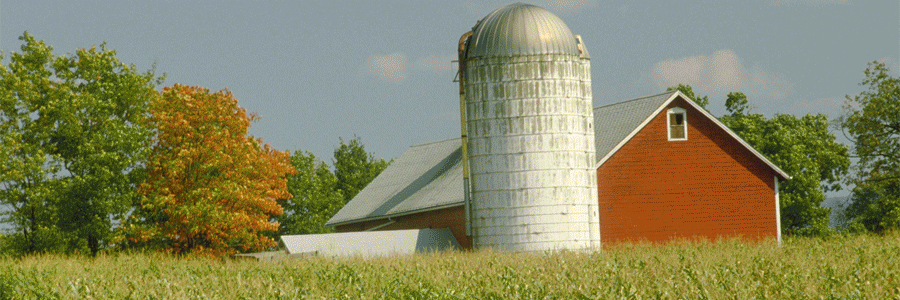| |
Jobs Report Likely to Show Slow Hiring 07/03 06:02
The steady slowdown in U.S. hiring likely continued in June as President
Donald Trump's trade wars, federal hiring freeze and immigration crackdown
weighed on the American job market.
(AP) -- The steady slowdown in U.S. hiring likely continued in June as
President Donald Trump's trade wars, federal hiring freeze and immigration
crackdown weighed on the American job market.
When the Labor Department on Thursday releases job numbers for last month,
they're expected to show that businesses, government agencies and nonprofits
added 115,000 jobs in June, down from 139,000 in May, according to a survey of
forecasters by the data firm FactSet.
The unemployment rate is expected to have ticked up to 4.3%, which would be
the highest since October 2021 but still low enough to suggest that most
American workers continue to enjoy job security.
The U.S. job market has cooled considerably from red-hot days of 2021-2023
when the economy bounced back with unexpected strength from COVID-19 lockdowns
and companies were desperate for workers. So far this year employers have added
an average 124,000 jobs a month, down from 168,000 in 2024 and an average
400,000 from 2021 through 2023.
Hiring decelerated after the Federal Reserve raised its benchmark interest
rate 11 times in 2022 and 2023. But the economy did not collapse, defying
widespread predictions that the higher borrowing costs would cause a recession.
Companies kept hiring, just at a more modest pace.
But the job market increasingly looks under strain. A survey released
Wednesday by the payroll processor ADP found that private companies cut 33,000
jobs last month. "Though layoffs continue to be rare, a hesitancy to hire and a
reluctance to replace departing workers led to job losses last month," said ADP
chief economist Nela Richardson. (The ADP numbers frequently differ from the
Labor Department's official job count.)
Employers are now contending with fallout from Trump's policies, especially
his aggressive use of import taxes -- tariffs.
Mainstream economists say that tariffs raise prices for businesses and
consumers alike and make the economy less efficient by reducing competition.
They also invite retaliatory tariffs from other countries, hurting U.S.
exporters.
The erratic way that Trump has rolled out his tariffs -- announcing and then
suspending them, then coming up with new ones -- has left businesses bewildered.
Manufacturers responding to a survey released this week by the Institute for
Supply Management complained that they and their customers were reluctant to
make decisions until they understood where Trump's tariffs would end up. "That
whiplash has to stop and it has to stay stopped," said Susan Spence, chair of
the ISM's manufacturing survey committee.
Trump's assault on the federal bureaucracy could also show up in June's job
report. Nancy Vanden Houten, lead U.S. economist at Oxford Economics, expects
federal jobs dropped by 20,000 last month, "reflecting a hiring freeze,
voluntary quits and retirements.'' For now, she wrote in a commentary
Wednesday, court rulings "have put massive federal layoffs on hold.''
The president's deportations -- and the threat of them -- also are likely to
start having an impact on the job market by driving immigrants out of the job
market. In May, the U.S. labor force -- those working and looking for work --
fell by 625,000, the biggest drop in a year and a half.
|
|


